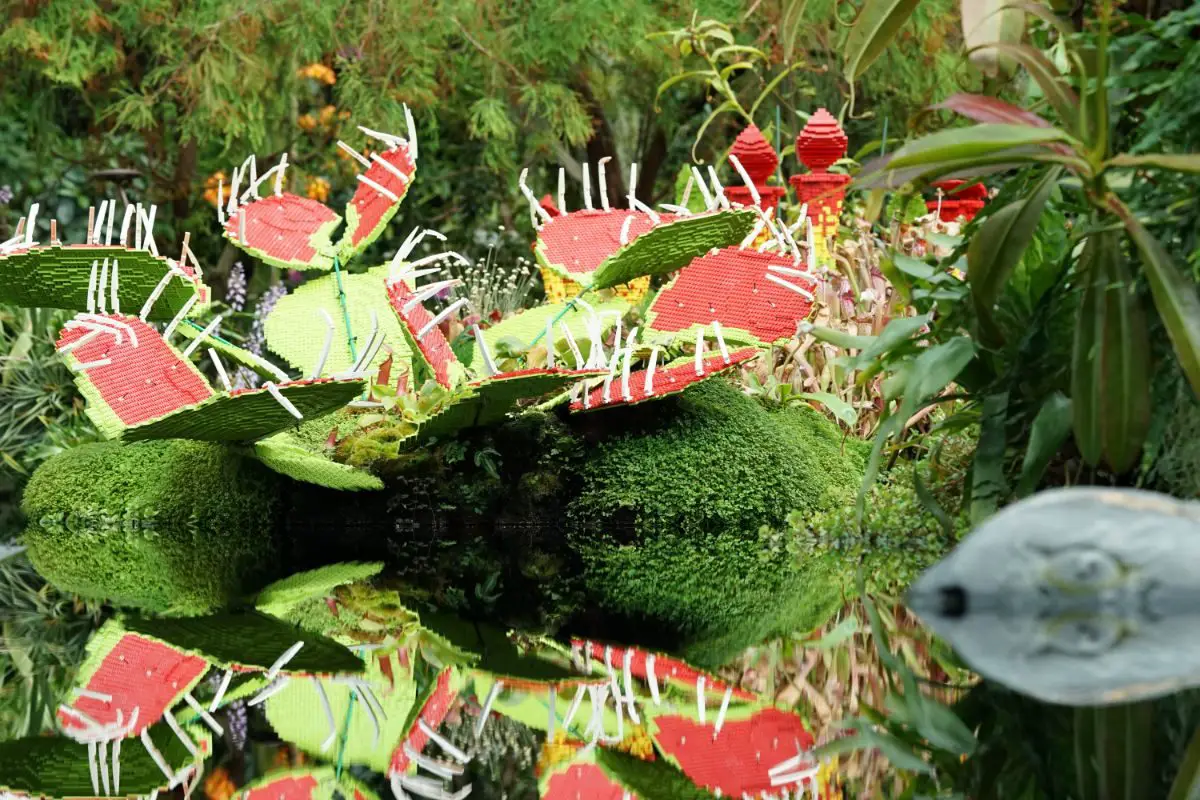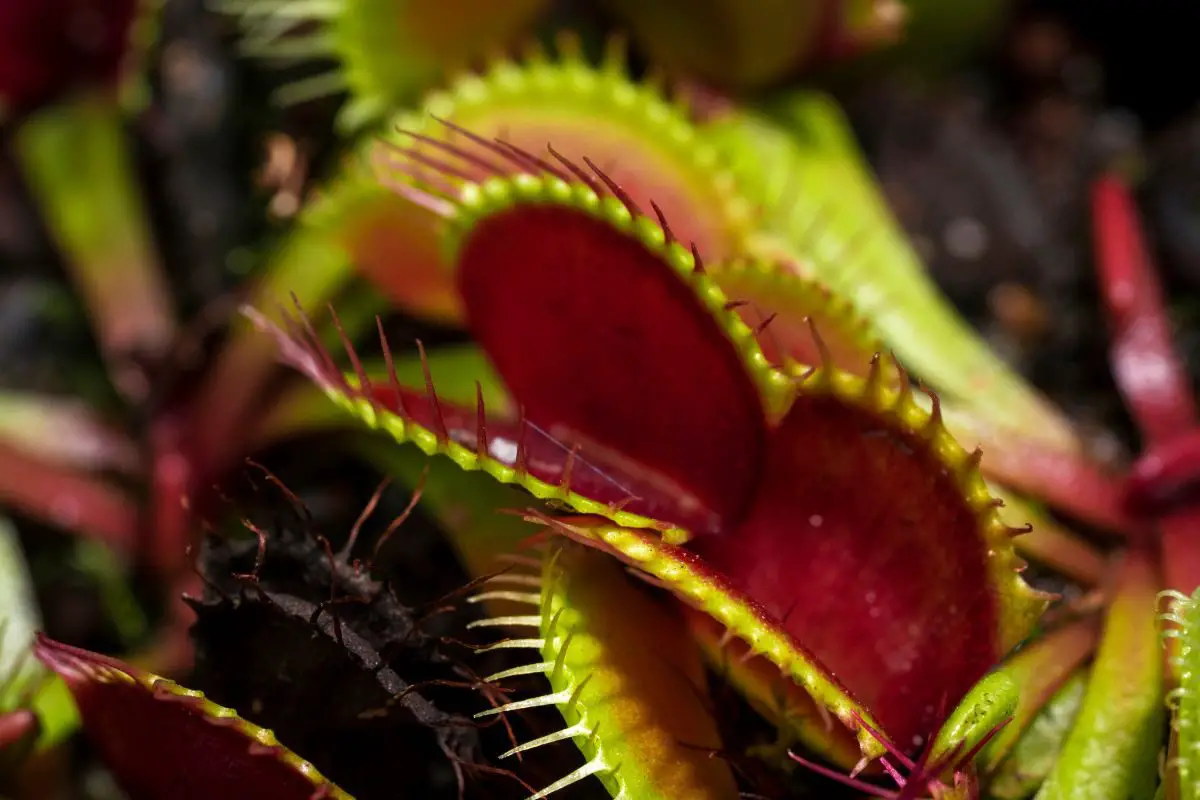Venus Fly Traps are an incredibly unique kind of carnivorous plant that is very popular amongst gardeners and plant enthusiasts.
The unique “mouth” that the plant has gained as part of its evolution can actually trap and eat insects and bugs and it’s quite a fascinating sight to behold.
If you are keeping some Venus Fly Traps for yourself, you have probably learned that they can be quite difficult to look after.
If you get even some small details of the care process wrong, they can appear to be a bit droopy and in some cases, they look like they are dying.
If you are concerned that your Venus Fly Trap is on its way out, then I am here to help!
There are a few signs to look out for when the health of your Venus Fly Trap is on the decline, and I will be going over everything you need to know!
Why Is My Venus Fly Trap Dying?
One thing that is really important to know about a Venus Fly Trap is that sometimes, it might appear dead or dying, but it’s actually just in its dormancy period.
This can be very confusing for first-time gardeners or Venus Fly Trap owners, but if you are concerned that it is actually dying, here is what to look out for to put your mind at ease.
When a Venus Fly Trap is dead or dying, it will have absolutely no green leaves left.
It will be completely blacked and it will have a squishy consistency. If there is even the smallest amount of green on your Venus Fly Trap, then it hasn’t died yet, but it definitely needs a bit of extra care to nurse it back to full health.
If you can rule out the dormancy period or even leaf rotation, then we will go over how to nurse your Venus Fly Trap back to life a little later!

Dormancy Period
Every winter, your Venus Fly Trap will enter into its dormancy period.
This is usually when first-time owners think that the plant is dying, but it’s actually going through a completely normal phase in its cycle.
When your Venus Fly Trap enters its dormancy period, you can expect it to completely stop growing, as well as several of its leaves falling off, and it will even reduce in size.
This is why so many people assume theirs is dying when really, it is just hibernating for the winter.
Venus Fly Traps do not like cold weather, so if it experiences any temperatures under 40F (4.4C) for a few weeks, they will enter their dormancy period.
Leaf Rotation
Another thing to keep in mind when it comes to caring for a Venus Fly Trap is that black leaves are actually quite normal on this kind of plant, especially if it is growing at a normal rate.
Venus Fly Traps experience a lot of leaf rotation, and older leaves will turn black and die to make room for newer, healthier leaves.
If you see some leaves that are black on your Venus Fly Trap, this does not automatically mean that the plant is dying.
How To Bring Your Venus Fly Trap Back To Life

If you can rule the dormancy period and leaf rotation out, then there is a good chance that the whole plant is on the decline and it is dying.
Luckily, there are some things you can do that can help to bring your Venus Fly Trap back to life, so let’s take a look at how you can save it!
Check The Soil
First, you are going to want to check the soil.
Venus Fly Traps thrive in poor soil conditions, so there is a chance you have just planted it in good soil, but it’s not taking very well.
If the soil is in the wrong condition for the plant, you will need to repot it immediately.
Water Source
The next thing you will need to do is to check the water source. Venus Fly Traps are a bit pickier about the kind of water that they need, and if you give them the wrong water, this can cause them to slowly die.
Always avoid tap or bottled water when it comes to this plant. Instead use distilled water, rainwater, or reverse osmosis.
Watering Schedule
Venus Fly Traps need humid environments in order to properly thrive, so you need to keep the soil moist as much as possible.
Setting up a watering schedule can help you do this and if your plant is dying, it should help in bringing it back to life.
At the same time, make sure you don’t over-saturate the soil because too much water can damage your plant.
Lighting
If you are going to keep a Venus Fly Trap, you need to know ahead of time that they need a lot of light in order to survive.
Ideally, they need at least 12 hours of sunlight a day. So when you are deciding where to keep them, make sure it’s in an area where they will get that amount of sunlight.
Feed Your Plant Correctly
Venus Fly Traps are carnivorous plants, so that means you will be feeding them a bit differently from how you feed your other plants.
Make sure that you only feed them insects or arachnids. One insect every 4-6 weeks is perfectly acceptable. Do not give them food supplements either.
Be Patient
As long as you use to check all of the above aspects when caring for your Venus Fly Trap, all you then have to do is be patient and wait for it to nurse back to health.
Do not add any fertilizer at any point, avoid repotting it, and keep an eye on it.
Conclusion
Venus Fly Traps can be incredibly tricky to look after, and as you can see, sometimes they aren’t actually dying!
Use the tips and advice I have provided for you here to nurse your Venus Fly back to life!
